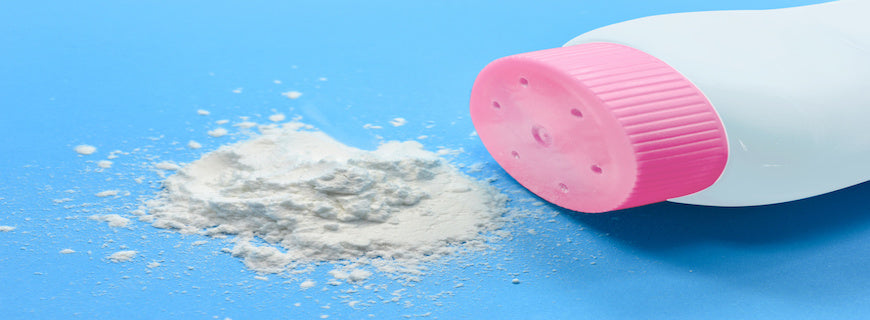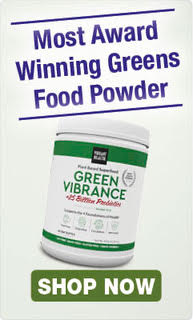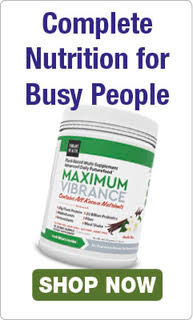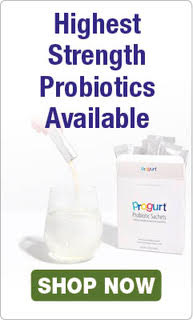As reports of toxic talcum powder flood the headlines, parents may begin to question brands and products using this ingredient, a probable human carcinogen.
Talc is a natural mineral that can be found within many consumer products around the world, including those marketed towards children. As we dive into its impact on human health, we urge parents to pay close attention to the products they purchase, as the link between talc and cancer has been suggested for decades.
Read on to find out more.
The Root of the Issue
The fact of the matter is that natural talc has been found to contain asbestos, a notorious carcinogen responsible for the development of mesothelioma amongst many other chronic diseases. Although asbestos was banned in UK in 1999, this mineral naturally exists inside talc mines, resulting in cross-contamination.
Not only does this natural problem discount talc safety, but some researchers are convinced that the mineral may heighten the risk for ovarian cancer in its pure form.
U.S. epidemiologist from Harvard University, Dr. Daniel Cramer, was one of the first to report on the connection, suggesting that the use of talc may increase the risk of ovarian cancer by as much as 30 percent.
This is just a small piece of evidence that should encourage parents to choose safe alternatives. Below are a few of the products that have been discovered to be dangerous in the past, that we should choose to learn from moving forward.
Investigating Baby Powder
The world’s top manufacturer of baby powder, Johnson & Johnson, is responsible for paying close to $4.7 billion dollars to 22 women now suffering from ovarian cancer as a result of the company’s product.
While consumers are just beginning to dip their toes into this public policy, scientists have shown concern since the early 1970s after discovering traces of talc within ovarian and cervical tumors.
Despite regulation, the International Agency for Research on Cancer has even taken the initiative to confirm that when used in the genital area, talc is a possible human carcinogen.
Research has shown that females are not the only demographic at risk. Unfortunately, it has been proven that simply inhaling the powder itself is toxic, and even fatal in some cases.
As baby powder is primarily used for infants and children, parents should look into alternatives such as cornstarch, that are confirmed to be safe. This not the first time talcum powder has grabbed public attention: a number of different products marketed towards kids have been found to use asbestos-contaminated talc.
Learning from the Past
In August, U.S. researchers conducted an annual back-to-school report and found trace amounts of asbestos in Dollar Tree’s Playskool crayons. Although the source of asbestos is unclear, talc was once a common binding ingredient used in crayons and is suggested to be the culprit.
For example, major brands like Crayola and Rose Art were also found to have low levels of asbestos as recently as three years ago.
Earlier this year, an American mother made headlines after testing her daughter’s glitter makeup kit from the popular retail store found worldwide, Claire’s.
After she realised the product failed to label its own ingredients, she decided to take matters into her own hands and soon discovered the product was positive for asbestos.
Following this shocking result, she had 17 more products tested and found that they were contaminated as well. These findings should urge parents to avoid press powdered products, especially those that don’t disclose the ingredients inside.
Conclusion
While research is still inconclusive, it’s important for parents to pay close attention to the brands and products they purchase for their children.
Talcum powder is not officially confirmed to harm human health, however studies suggest there is enough evidence to question its place in our consumer world.
Guest blog by Emily Rosati.




























Leave a comment